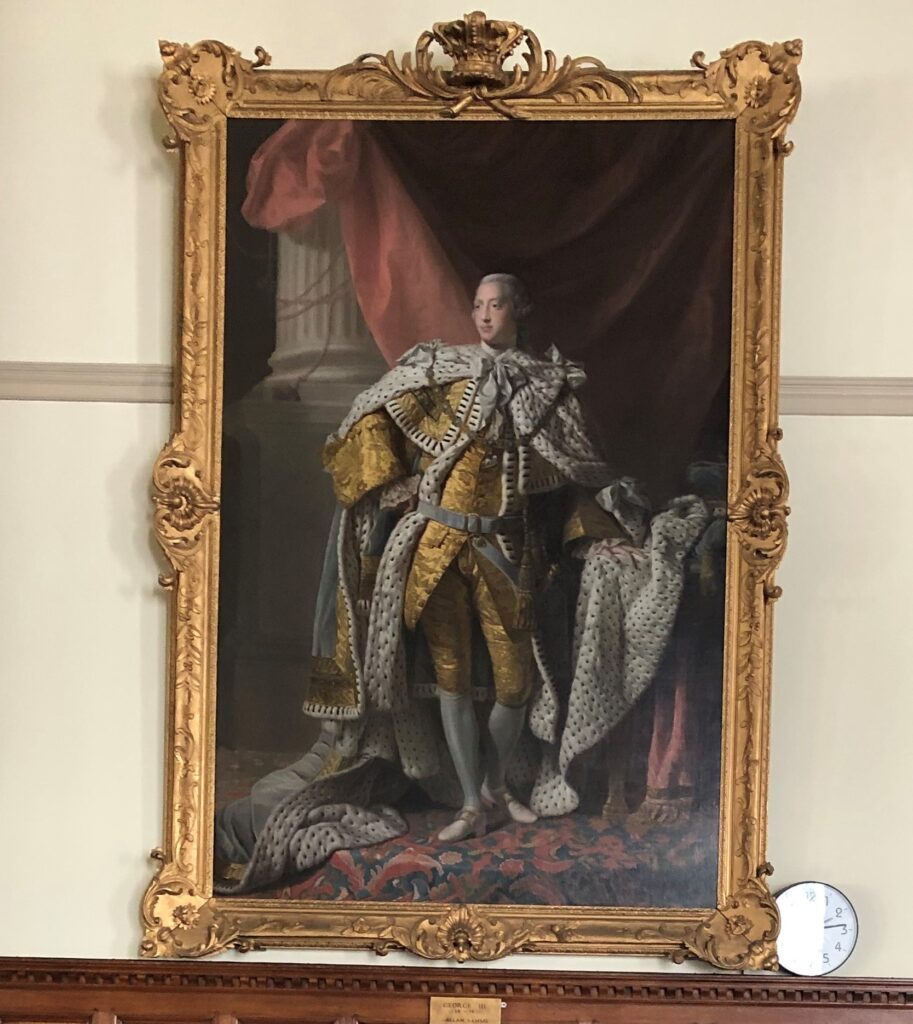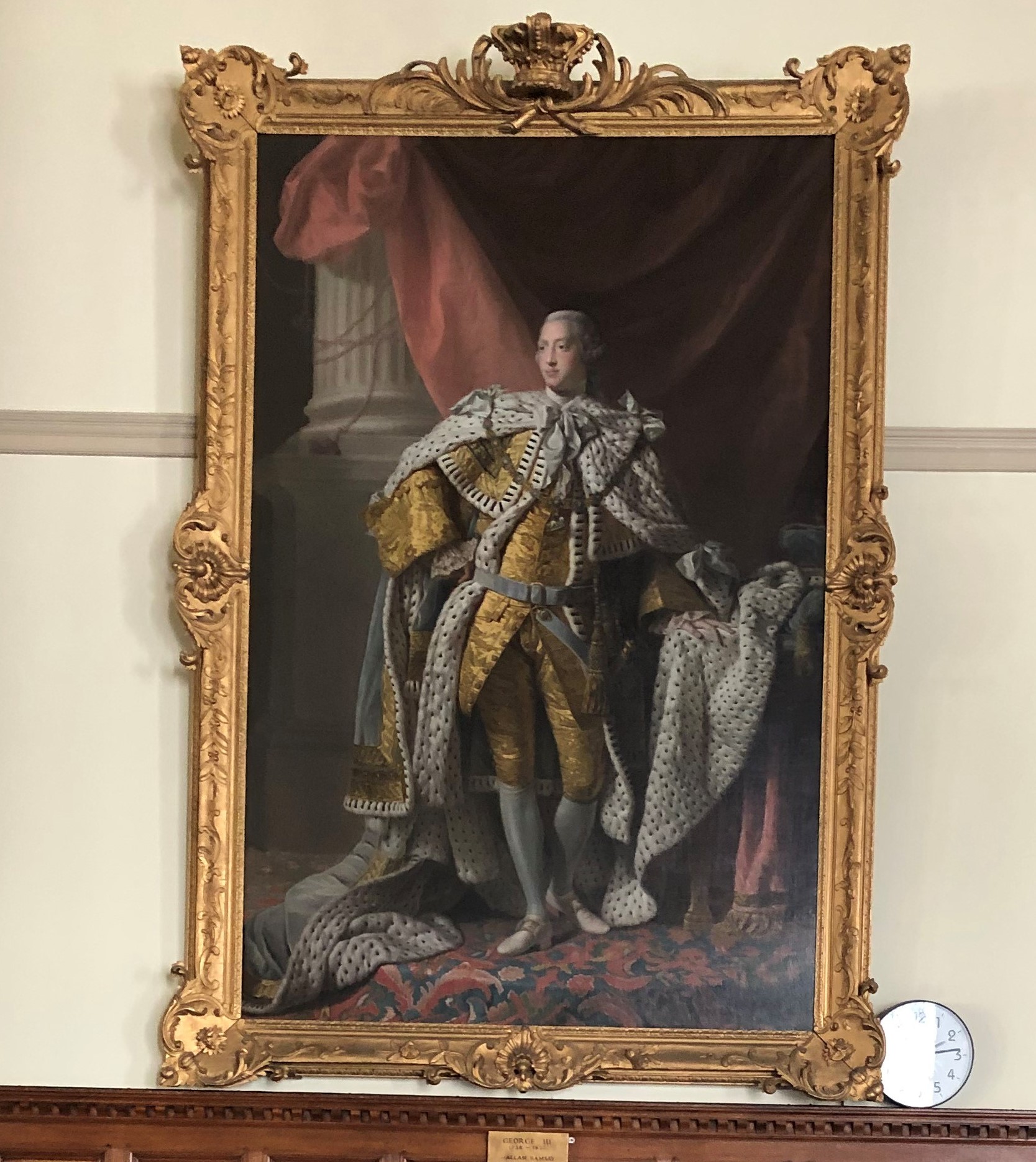Suriname, a nation with a rich history and vibrant culture, is not just known for its stunning landscapes and diverse wildlife but also for its complex past. In this article, we will explore the legacy of slavery in Suriname through a historical examination. From the dark era of the transatlantic slave trade to the remnants of this brutal system that still linger today, we will delve into the profound impact that slavery has had on this small South American country. Join us as we embark on a journey to shed light on the untold stories and hidden truths of Suriname’s history.
Introduction to Suriname and Slavery
Suriname, a country located on the northeastern coast of South America, is known for its rich history that intertwines with the legacy of slavery. To understand the impact of slavery on Suriname, it is important to first delve into the geographical overview of the country and its brief history of the slave trade. From there, we can explore the profound influence that slavery had on Suriname’s population and its far-reaching consequences.
Geographical overview of Suriname
Suriname, bordered by Guyana, Brazil, and French Guiana, is a small country that boasts a diverse landscape. With lush rainforests, pristine rivers, and a tropical climate, Suriname is a land of natural beauty. Its strategic location along the Atlantic Ocean made it an attractive destination for European colonizers during the age of exploration.
Brief history of the slave trade in Suriname
The slave trade in Suriname began in the 17th century when the Dutch established plantation colonies in the region. The Dutch West India Company, driven by the demand for labor to cultivate cash crops such as sugar and coffee, relied heavily on the transatlantic slave trade. Enslaved Africans were forcibly transported to Suriname from Africa to work on these plantations, enduring unimaginable hardships along the way.
Impact of slavery on Suriname’s population
Slavery had a profound and lasting impact on the population of Suriname. The majority of the population today is descended from enslaved Africans who were brought to the country centuries ago. The trauma of slavery and the subsequent social, economic, and cultural consequences continue to shape Surinamese society in many ways. Understanding the various facets of this impact is crucial in unraveling the legacy of slavery in Suriname.
Slave Labor and the Plantation Economy
The establishment of plantations and the subsequent reliance on slave labor were the foundations of Suriname’s economy during the colonial era. These plantations cultivated various crops, with sugar being the most prominent. The abundance of fertile land and the suitable climate made Suriname ideal for the cultivation of crops that were in high demand across Europe.
Working conditions and treatment of enslaved Africans
The enslaved Africans who worked on these plantations endured extremely harsh working conditions. Long hours of labor under the scorching sun, inadequate food and shelter, and physical abuse were a daily reality. They were treated as commodities, stripped of their humanity, and subjected to brutal discipline to maximize productivity.
Role of enslaved Africans in building Suriname’s economy
Despite the unimaginable hardships, enslaved Africans played an instrumental role in building Suriname’s economy. Through their hard work and resilience, they transformed the land into prosperous plantations that generated significant wealth for the colonial powers. The profits from the plantations and the labor of enslaved Africans fueled the economic growth of not only Suriname but also the Dutch empire.
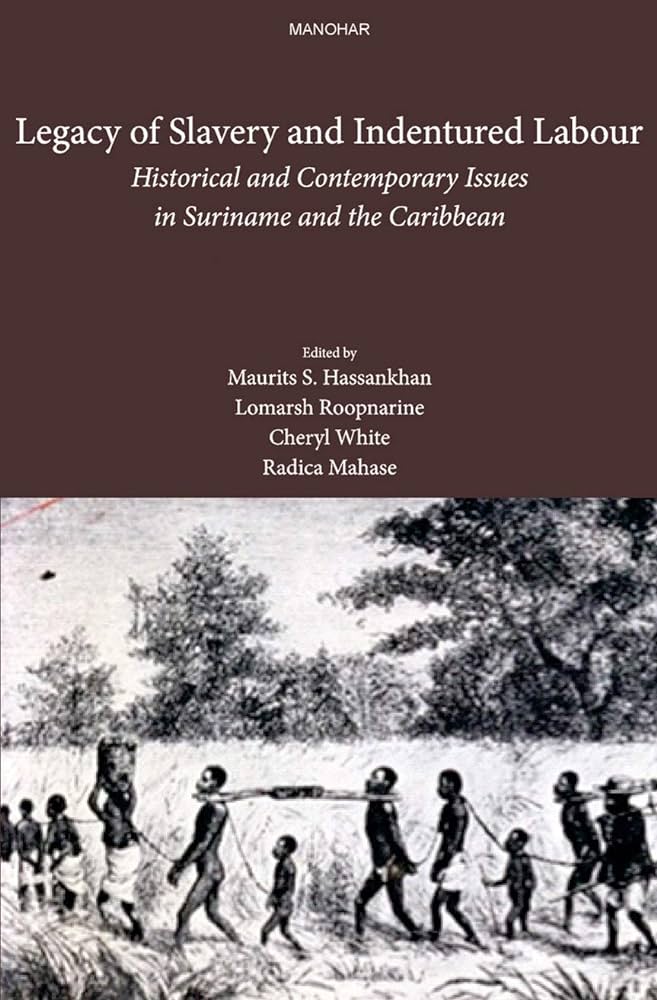
Slave Resistance and Rebellion
The oppressive conditions of slavery naturally led to resistance among the enslaved Africans. While resistance took various forms, ranging from subtle acts of defiance to open rebellions, it was a persistent expression of their desire for freedom and dignity.
Forms of resistance among enslaved Africans
Enslaved Africans creatively resisted their oppressors through acts of passive and active resistance. Everyday acts such as slowing down work, feigning illness, and preserving cultural traditions were subtle ways to exert control over their lives. More overt forms of resistance included escape attempts, sabotage, and the formation of clandestine communities known as maroon settlements.
Major slave rebellions and their outcomes
Slavery in Suriname was punctuated by several major rebellions, the most notable being the 1763 Berbice Slave Uprising and the 1832-1834 Great Rebellion. These rebellions were violent responses to the brutalities of slavery, and while they were ultimately suppressed by the colonial powers, they showcased the unwavering spirit of resistance and the quest for freedom among the enslaved Africans.
Impact of resistance on the plantation system
Slave resistance, although often met with brutal reprisals, had a profound impact on the plantation system in Suriname. The constant threat of rebellion and the knowledge that enslaved Africans held agency destabilized the hierarchical structure and challenged the legitimacy of slavery itself. It ultimately contributed to the demise of the plantation economy and the eventual abolition of slavery.
Life and Culture of Enslaved Africans
Despite the oppressive conditions, enslaved Africans in Suriname managed to maintain their culture and forge strong bonds within their communities. Family structures, religious practices, and artistic expressions all played a crucial role in preserving their identity and providing a sense of resilience.
Family structures and kinship ties among enslaved Africans
Enslaved Africans in Suriname managed to preserve their family structures and kinship ties amidst the brutal separations caused by the slave trade. Extended families formed the bedrock of their community, providing emotional support and a sense of continuity. The strength of these familial bonds contributed to the preservation of their cultural heritage and ensured the survival of their traditions.
Religious practices and spiritual beliefs
Religion served as a vital source of strength and resistance for enslaved Africans. Although forced to adopt Christianity by their captors, they often incorporated their indigenous African spiritual beliefs into their Christian practices. This syncretism allowed them to maintain a connection to their ancestral traditions while adapting to the new religious framework imposed upon them.
Art, music, and dance as forms of cultural expression
Art, music, and dance were integral to the cultural expression of enslaved Africans in Suriname. Through traditional artistic forms such as woodcarving, pottery, and weaving, they conveyed their cultural identity and resisted the erasure of their heritage. Similarly, music and dance provided an avenue for joy, celebration, and community-building, serving as powerful symbols of resistance and resilience.
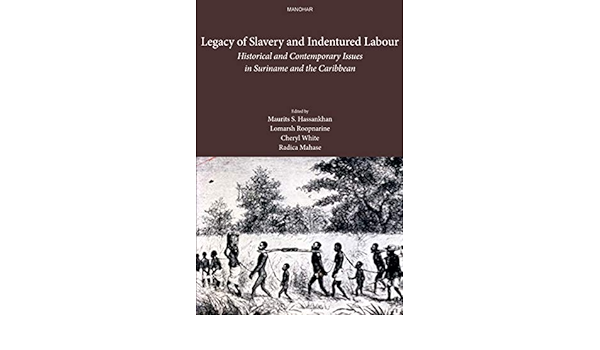
Legacy of Slavery on Surinamese Society
The legacy of slavery continues to reverberate through Surinamese society, leaving an indelible mark on its social fabric long after the abolition of legal slavery. The racial and ethnic diversity, social hierarchies, and the influence of African culture are all aspects that emerged as a direct consequence of the history of slavery.
Racial and ethnic diversity in post-slavery Suriname
Enslaved Africans were not the only population that contributed to Suriname’s demographic makeup. The Dutch colonizers, along with indigenous peoples and indentured laborers from India and China, created a complex tapestry of racial and ethnic diversity in the country. This multicultural heritage defines Suriname today and offers glimpses of the intermingling of cultures.
Social hierarchies and discrimination
Slavery entrenched deeply ingrained social hierarchies, with enslaved Africans occupying the lowest rung of society. Even after emancipation, discriminatory practices persisted, relegating freed slaves to the margins of society. The notion of white superiority and the lingering effects of slavery perpetuated social inequalities that are still being grappled with today.
Influence of African culture on Surinamese identity
African culture, brought to Suriname by enslaved Africans, permeates the nation’s identity. From cuisine to music, dance, and religion, African cultural heritage continues to shape the collective consciousness of Surinamese society. Despite centuries of adversity, the resilience and vitality of African roots remain integral to Surinamese culture.
Abolition of Slavery and Its Effects
The abolition of legal slavery in Suriname marked a significant milestone in the country’s history. However, the end of legal slavery did not immediately translate into liberty and equality for the newly freed slaves. The challenges they faced and the subsequent evolution of Surinamese society in the post-emancipation era shed light on the complexities of the aftermath of slavery.
Emancipation and the end of legal slavery
Legal slavery in Suriname was officially abolished in 1863, granting freedom to the enslaved Africans. However, this emancipation was not accompanied by an immediate change in social and economic realities. Former slaves faced numerous obstacles as they sought to navigate a society that still perpetuated racial discrimination and economic exploitation.
Challenges faced by freed slaves
The challenges faced by freed slaves were manifold. Despite being granted freedom, they often remained beholden to the plantations as indentured laborers due to the lack of alternative opportunities for employment. The legacy of slavery also meant that social and economic inequalities persisted, further hindering progress for the newly freed population.
Creole language and the evolution of Surinamese society
One of the enduring legacies of slavery is the development of Creole languages, which emerged as a means of communication among enslaved Africans who spoke different native languages. The creation of Surinamese Creole was a linguistic manifestation of the fusion of African, European, and indigenous influences, and it served as a symbol of unity and resistance. The evolution of the Creole language continues to reflect the ongoing transformations in Surinamese society.
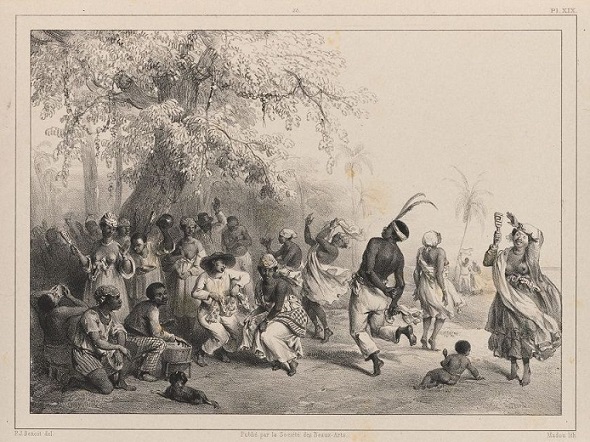
Historical Memory and Commemoration
Preserving and promoting the history of slavery in Suriname is instrumental in acknowledging and confronting the historical injustices that took place. Museums, heritage sites, and commemorative initiatives play a vital role in ensuring that the memory of slavery remains alive and that the lessons from the past are not forgotten.
Efforts to preserve and promote the history of slavery
There have been commendable efforts in Suriname to preserve and promote the history of slavery. Museums such as the Suriname National Museum and the Museum and Monument of Slavery provide a platform for education and reflection on the transatlantic slave trade. These institutions aim to raise awareness among Surinamese citizens and visitors alike about the realities and consequences of slavery.
Museums and heritage sites related to slavery
Apart from the aforementioned museums, there are several other sites in Suriname that bear witness to the history of slavery. Plantation ruins, remnants of maroon communities, and memorials serve as tangible reminders of the struggles and resilience of enslaved Africans. These sites allow individuals to connect with the past and gain a deeper understanding of the legacy of slavery in Suriname.
Commemorative events and initiatives
Commemorative events and initiatives play a crucial role in honoring the memory of those who suffered under slavery. Suriname observes the Day of Remembrance and Repentance on July 1st each year, remembering the struggles of the enslaved Africans and fostering a sense of unity and collective memory. These events serve as reminders of the importance of learning from the past to shape a more inclusive future.
Reparations and Restorative Justice
The debate surrounding reparations and restorative justice seeks to address the historical injustices inflicted upon enslaved Africans and their descendants. Recognition of past wrongs and efforts to provide reparations have the potential to bring about healing and reconciliation within Surinamese society.
Debates and discussions surrounding reparations
The question of reparations for the descendants of enslaved Africans is a contentious issue that has sparked intense debates worldwide. Some argue that reparations are a necessary step towards rectifying the enduring impact of slavery, while others question the practicality and potential unintended consequences of such measures. The debates surrounding reparations provide an opportunity to critically assess the implications of historical injustices and their contemporary relevance.
Efforts to provide reparations to descendants of slaves
Suriname has seen some efforts towards providing reparations to descendants of slaves. Initiatives such as land rights for maroon communities aim to address the economic and social injustices that continue to affect these marginalized groups. While the road to full reparations is complex and multifaceted, these initial steps demonstrate a commitment towards rectifying historical inequalities and promoting a more inclusive society.
Impacts of reparations on Suriname’s society and economy
The impacts of reparations on Suriname’s society and economy are multifaceted. While financial reparations can provide a measure of redress for historical wrongs, the effects go beyond mere monetary compensation. Reparations have the potential to foster a renewed sense of agency and dignity among the descendants of slaves and to address the structural inequalities that have persisted long after the abolition of slavery.
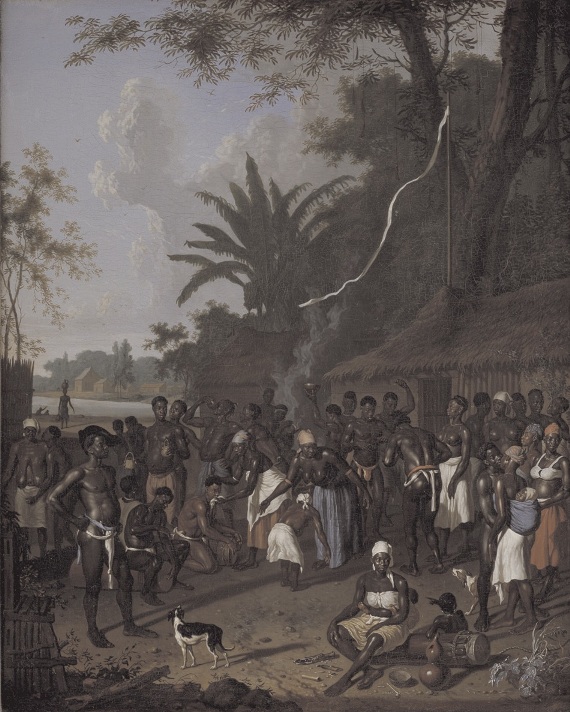
International Perspectives and Comparisons
Suriname’s experience with slavery can be examined in the broader context of other countries affected by the transatlantic slave trade. International perspectives and comparisons shed light on the similarities and differences in the legacy of slavery and inform our understanding of the global efforts to address the consequences of this dark chapter in history.
Comparing the legacy of slavery in Suriname with other countries
Comparing the legacy of slavery in Suriname with other countries reveals the diverse ways in which slavery has shaped societies. Each country affected by slavery has its unique challenges and triumphs in grappling with the consequences of this historical injustice. By studying these different experiences, we gain a broader perspective on the complexities of the legacy of slavery and the ongoing efforts towards healing and justice.
Global efforts to address the consequences of slavery
Around the world, there are ongoing efforts to address the consequences of slavery and promote restorative justice. From truth and reconciliation commissions to educational programs and policy changes, numerous initiatives are aimed at acknowledging the historical injustices inflicted upon enslaved Africans and their descendants. These global efforts provide valuable lessons and inspiration for countries like Suriname in their quest for a more equitable and inclusive future.
Lessons learned from other countries’ experiences
The experiences of other countries in addressing the legacy of slavery offer valuable lessons for Suriname. Learning from the successes and challenges of countries such as South Africa, the United States, and Brazil can inform Suriname’s approach to confronting historical injustices. It is through these shared experiences and lessons learned that countries can forge a path towards healing, reconciliation, and a renewed commitment to social justice.
Conclusion
The legacy of slavery in Suriname is a deeply complex and multifaceted topic that continues to shape the country’s identity and social fabric. From the establishment of plantations and the brutal treatment of enslaved Africans to their resistance and ultimate emancipation, the history of slavery in Suriname is rife with tales of oppression, resilience, and cultural preservation. Acknowledging and confronting the historical injustices inflicted upon enslaved Africans is crucial for healing and reconciliation within Surinamese society. By understanding the lasting impact of slavery and actively working towards a more inclusive future, Suriname can move forward on the path towards justice and equality.
